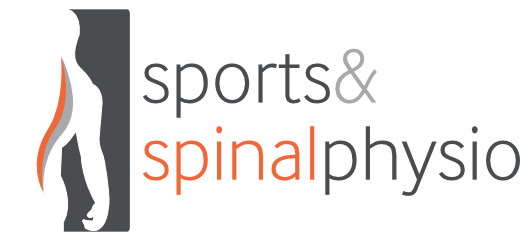News & Blog
You only get out what you put in!
Physiotherapy is defined as the treatment of disease, injury, or deformity by physical methods such as massage, heat treatment, and exercise rather than by drugs or surgery. However, recovery time can vary from condition to condition and person to person and although we all wish our injuries would disappear with a night’s sleep and a good meal, it is often not the case. Rehabilitation is a complex multifactorial process and understanding some of the factors surrounding recovery and Physiotherapy prescribed treatments can lead to a much-improved mindset and expectations.
(credit @adammeakins)
Arguably the most important element of Physiotherapy that directly correlates to full recovery is exercise and movement. Put simply 30 minutes a week of only hands of therapy (Approximately one treatment session with a therapist) is unlikely to have any lasting influence on your body compared to the 10,050 minutes of your week you spend doing everything else. A comprehensive Physiotherapy program should involve a progressive exercise routine to combat some of the negative mechanical elements that may contribute to an injury, advice on behavioural choices regarding recovery and education regarding the return to functional activities.
Breaking type of exercise down into sub-groups, based on desired outcome, is often more simplified to the ‘FIT’ principles:
- Frequency
- Intensity
- Time
Subtle changes in these three categories can dramatically change the acquired adaptations from a program, even when completing similar exercises. Frequency and Intensity are often the easiest parts of this model to adjust. Simply put – ‘how many?’ and ‘How challenging?’. Time is more challenging as it can refer to rest periods between sets, rest between sessions and generally how long should a program be completed for to see measurable changes.
Please see the below graph of potential ‘FIT’ changes from exercise and how long it takes for measurable changes to become apparent:
| Adaptation from Exercise | Frequency (Maximal) | Intensity | Time for significant changes to be observed | Measurable changes |
| Aerobic Fitness | 5 days/week | Low | 1 week | Increased Red Blood cell count, Reduced Resting Heart Rate. |
| Hypertrophy (Muscle Growth) | 2-3 days/week | Moderate | 6 weeks | Increased Muscle size, Increased 1 Rep Max |
| Strength (Muscle Output) | 2-3 days/week | Moderate | 2-3 weeks | Increased 1 Rep Max, Increased control through movement |
| Coordination
(Movement efficiency and control) |
7 days/week | Low to Moderate | 1-3 weeks | Increased control in specific tests and movements, Increased number of controlled reps before compensation for tiredness |
| Flexibility | 7 days/week | Low | 2-4 weeks | Increased Range of movement, Increased tissue length, |
| Balance | 7 days/week | Low | 4-6 weeks | Increased Static and Dynamic Balance, improved reaction time to external stimulus |
| Improved Mood *** | 7 days/week | Any | 1 week | Improved Serotonin and Dopamine Regulation |
| Body Composition | 5 days/week with appropriate dietary intake | Low to Moderate | 2-4 weeks | Reduced BMI, Reduced Body Fat Percentage, |
| Bone Density | 2-3 days/week | Low to Moderate *** | 12-16 weeks | Increased T-Score |
*** results can vary significantly depending upon type of exercise and previous exercise history
The role of a physiotherapist is to listen to their patient’s history and their experiences of their problem and attempt to recognise the patterns of their presentation to devise a clinical diagnosis and treatment plan. The treatment plan is likely multifactorial and may involve a combination of multiple deficits that need addressing to aid recovery and return to full function. This means that during Physiotherapy it can often take up to 6 weeks for the body to begin to change in response to therapies and as such can take longer than 6 weeks to show significant changes to a patient’s presentation.

